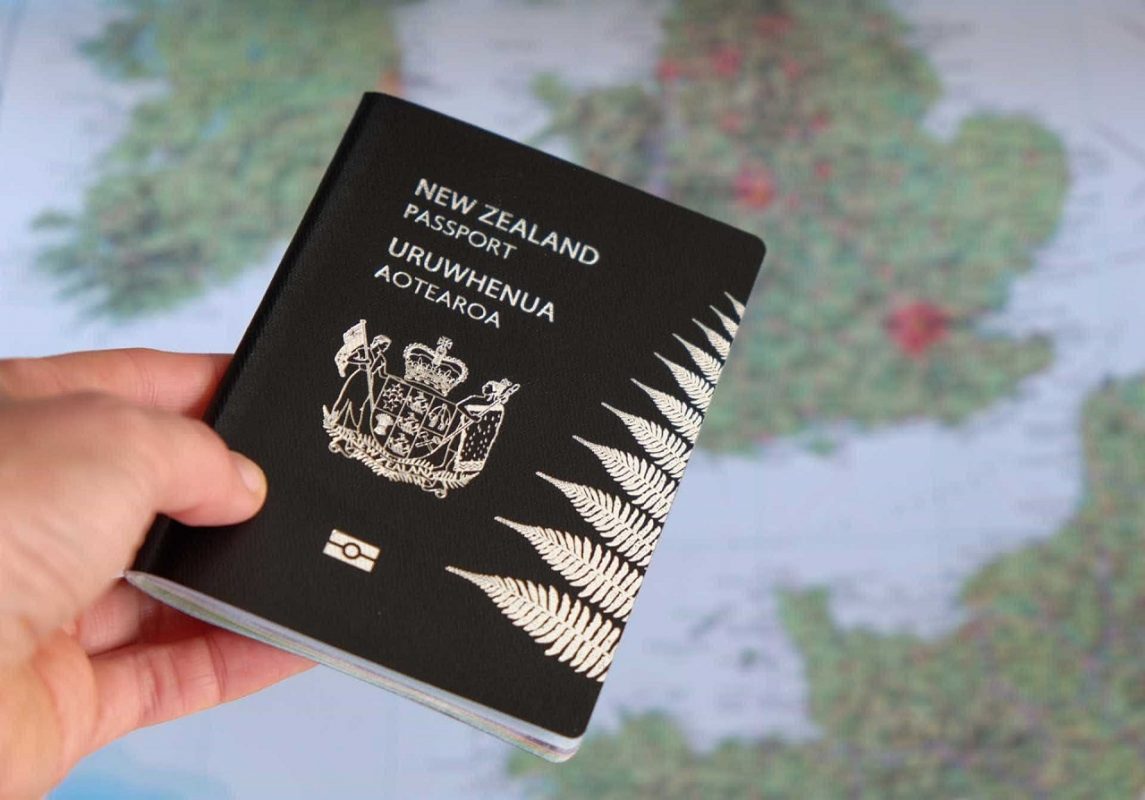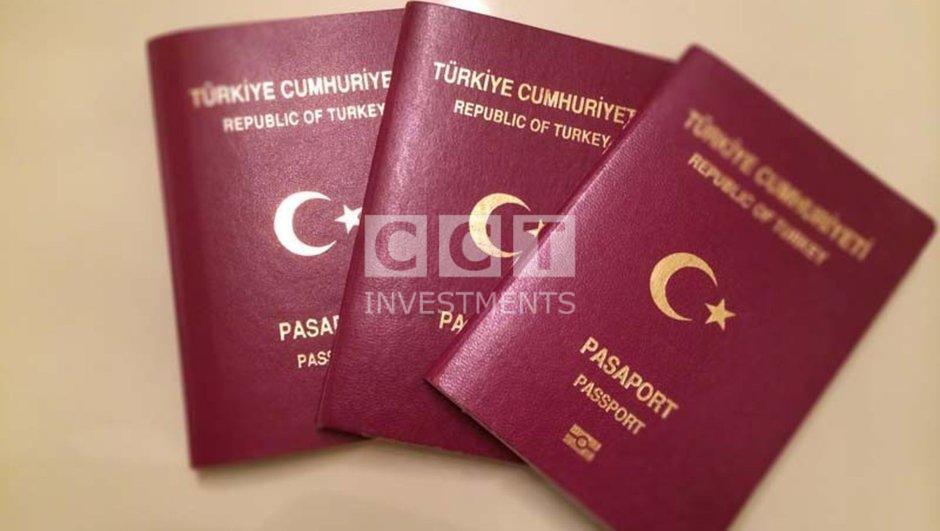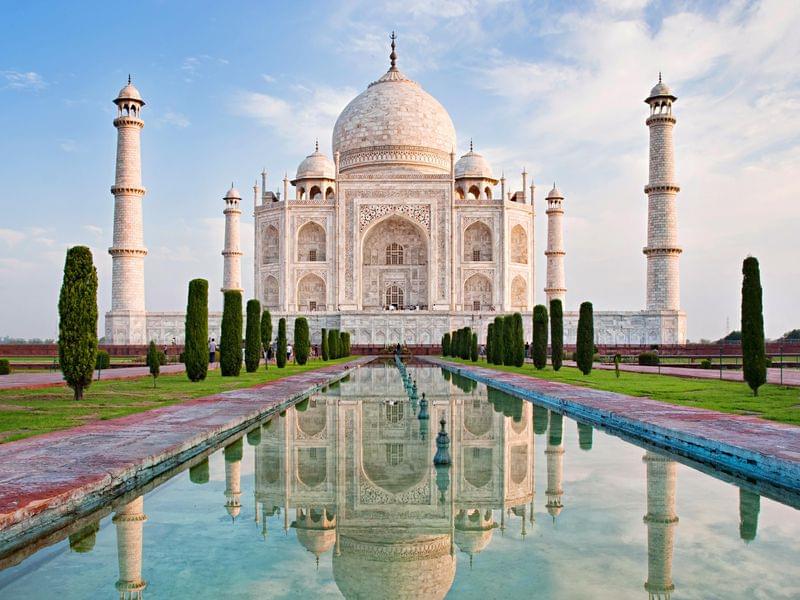Are you dreaming of exploring the vibrant streets of India, immersing yourself in its rich culture and heritage? Well, buckle up because we’ve got you covered! Welcome to our comprehensive guide on the Indian Visa application process. Whether you’re a seasoned traveler or it’s your first international adventure, navigating through visa requirements can be overwhelming. But fret not! We’re here to simplify everything for you, from understanding different types of Indian visas to providing step-by-step instructions on how to successfully apply. So grab a cup of chai and let’s embark on this incredible journey together! Indian Visa On Arrival
Introduction to Indian Visas
India, with its rich cultural heritage and diverse landscapes, is a popular destination for travelers from all over the world. However, before planning your trip to this beautiful country, it is essential to understand the visa requirements and application process.
A visa is an official document that allows foreign nationals to enter, stay or leave a specific country. In the case of India, visas are issued by the Ministry of Home Affairs through various Indian diplomatic missions located around the world.
Types of Indian Visas:
There are multiple types of visas that can be obtained for traveling to India depending on the purpose and duration of your visit. The most commonly issued visas are tourist, business, employment and student visas.
1. Tourist Visa:
This type of visa is suitable for individuals who wish to visit India for tourism purposes such as sightseeing or visiting family/friends. It is valid for a maximum stay of 180 days and cannot be extended while in India.
2. Business Visa:
A business visa is required if you plan on conducting any commercial activities in India like attending meetings or conferences, signing contracts or exploring potential business opportunities. This type of visa can also be used for short-term training programs or internships. Indian Visa Application Process
3. Employment Visa:
An employment visa is necessary if you have secured a job in India and intend to work there for an extended period (more than 180 days). To obtain this visa, you must have a confirmed job offer from an Indian company along with other relevant documents
Types of Indian Visas
There are several types of Indian visas available for foreign nationals depending on the purpose and duration of their visit. Understanding the different types of Indian visas is crucial in order to choose the right one that suits your travel needs.
1. Tourist Visa:
The most common type of Indian visa, a tourist visa is issued to those who wish to visit India for recreation, sightseeing, or visiting friends and family. It has a validity of up to 10 years with multiple entries allowed during this period. The duration of stay per visit can range from 30 days to 180 days depending on the country of origin.
2. Business Visa:
This type of visa is suitable for individuals traveling to India for business purposes such as meetings, conferences, trade shows, etc. It also has a maximum validity period of up to 10 years with multiple entries allowed. However, the maximum duration per stay is limited to 180 days.
3. Employment Visa:
Foreign nationals seeking employment opportunities in India must apply for an employment visa which is valid for up to two years initially and can be extended further by the concerned authorities upon request from the employer in India. This visa requires prior approval from relevant government agencies such as Ministry of Home Affairs (MHA) and Ministry of External Affairs (MEA).
4. Student Visa:
Students who wish to pursue academic courses in India must obtain a student visa before entering the country. This type of visa allows students to stay in India until their course completion date but can be extended if
Eligibility Requirements for a Visa On Arrival
A visa on arrival (VoA) is a type of visa that allows travelers to obtain their visa upon arrival at their destination country. This type of visa is available for Indian citizens who are planning to travel abroad and do not have enough time to apply for a traditional visa. It offers convenience and flexibility, but it is important to note that not all countries offer this option.
In order to be eligible for a VoA, there are certain requirements that must be met. These requirements may vary depending on the country you are visiting, so it is important to research and understand the specific requirements before traveling.
1. Purpose of Travel:
The purpose of your trip plays an important role in determining your eligibility for a VoA. Most countries only allow travelers with tourism or business purposes to obtain a VoA. If you plan on traveling for any other reason such as attending conferences, studying, or seeking medical treatment, you will most likely need to apply for a traditional visa beforehand.
2. Valid Passport:
You must have a valid passport with at least six months validity remaining from the date of entry into the country. Additionally, your passport should have at least two blank pages for stamping purposes.
3. Return Ticket:
To prove that you do not intend to overstay your allowed duration of stay in the country, you may be required to show proof of onward travel such as return air tickets.
4. Sufficient Funds:
You must have sufficient funds to
Process for Applying for an Indian Visa On Arrival
If you are planning on traveling to India, it is important to familiarize yourself with the visa application process. In recent years, the Indian government has implemented a new system that allows citizens of certain countries to apply for an Indian visa upon arrival. This process can save time and hassle for travelers who may not have access to an Indian embassy or consulate in their home country.
Here is a step-by-step guide on how to apply for an Indian visa on arrival:
Step 1: Determine your eligibility
The first step in applying for an Indian visa on arrival is determining if you are eligible. Currently, this option is only available to citizens of Japan, South Korea, UAE, Qatar, Oman, Singapore and Taiwan. If you hold a passport from one of these countries, you may proceed with the application process.
Step 2: Complete the online registration form
Before traveling to India, you must fill out an online registration form through the Indian government’s website or through a designated third-party agency. The form will require personal information including your name, date of birth, passport details and travel itinerary. It is important to ensure that all information provided is accurate as any discrepancies could result in delays or even rejection of your application.
Step 3: Upload required documents
Once you have completed the online registration form, you will be prompted to upload supporting documents such as a scanned copy of your passport bio page and recent photograph. These documents should adhere to specific guidelines set by the Indian government which can be found.



